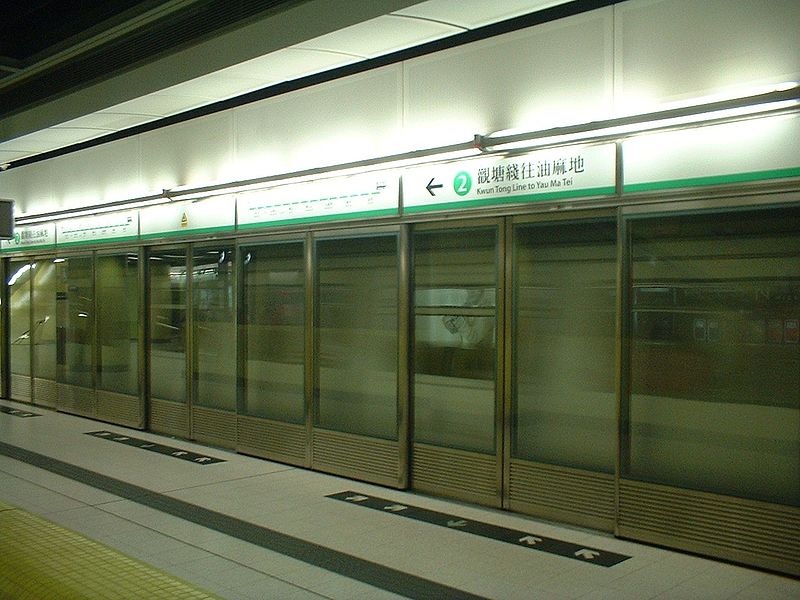Platform doors are not only for safety purposes but for environment control as well. Air quality can be better controlled if there isn't a rush of air when a train enters or leaves a station. Also, it minimizes the risk of fire at track level, as it prevents garbage from being thrown onto the tracks. All these create operational savings that offset the capital cost of the doors.
A general prerequisite for PSDs though is Automatic Train Operation, which is coming on the YUS and will be standard on any extensions or new lines, including the DRL.
True on garbage/track fires and ATO (hopefully the re-introduction of garbage bins at platform level helps deal with the former), but I don't think the environmental control argument is worth its weight - none of the TTC stations are heated or air-conditioned, they are only venilated. Given that, with the exception of trips 3 stations or less, the vast majority of passengers spend (much) more time on the train than on the platform, it isn't really of any benefit to have the heating and air-conditioning of platforms, as the subway system is run frequently enough that people generally won't be on the platform long enough to care. There's no incentive for the TTC to spend the money in both capital and maintenance (on both platform doors and HVAC systems) to heat/cool their stations, it lacks a business case.
I know that sheltered waiting areas are often cited as an element people appreciate about subways over surface routes, but I think that has to do with 2 things:
1. It comes back to frequency; surface routes have less frequency than the subway... that's a fact, so people spend more time, on average, waiting for surface vehicles than for subways.
2. Wind Chill, which you won't get at most subway stations since wind doesn't get underground. Humidity is also less pronounced in sheltered [underground] stations in the summer. This leads to the impression that it is warmer in the winter and cooler in the summer anyway, without heating and air-conditioning.
As for the rush of air created by when a subway enters the stations, I really wouldn't consider that as significant. I know the effect you're talking about, but I have never heard of passengers complain about it. The air temperature they are pushing is generally already about the same temperature as the station it is entering anyway.






